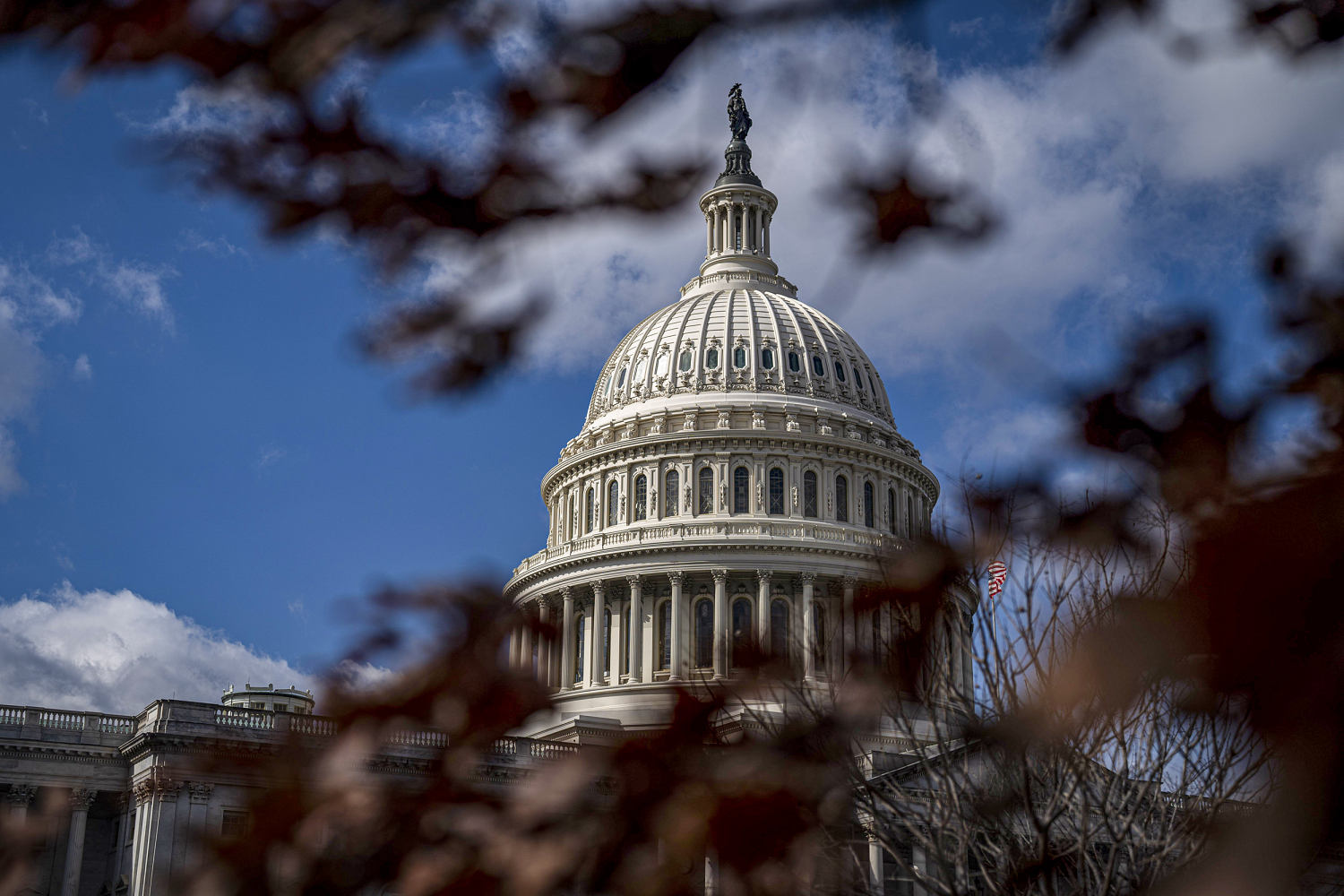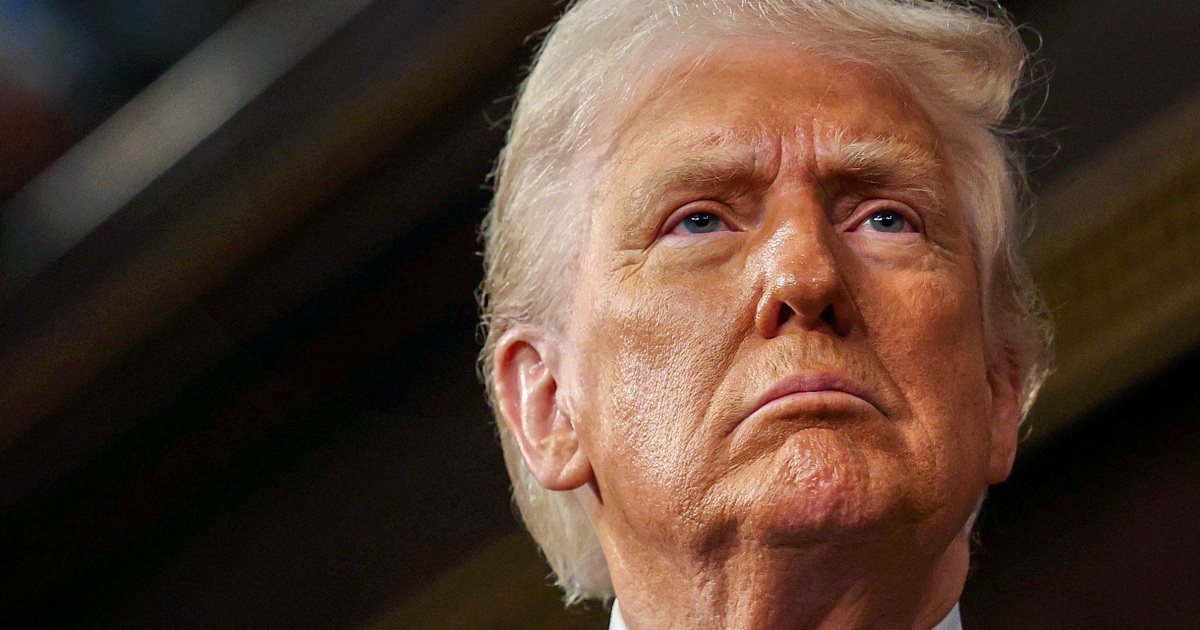
WASHINGTON — As voters head to the polls for Tuesday’s elections, they will also be electing a new Congress. And whichever party wins control of the House and Senate will get to decide how to handle a slew of consequential policy matters.
Whether it’s expiring tax cuts and health care subsidies, another round of government funding or must-pass measures like a debt limit extension and a new farm bill, Congress will have its hands full.
And the next president — Donald Trump or Kamala Harris — along with the new Congress will set the agenda.
Here are four big things the 119th Congress will have to tackle.
Trump tax cuts worth trillions of dollars are expiring after 2025
Major parts of Trump’s 2017 tax law totaling $3.3 trillion will expire at the end of 2025. And the question of what gets extended under the Tax Cuts and Jobs Act — and what is allowed to expire — depends on which party wins this election.
It will be one of the most important tasks of the new Congress, with sweeping tax hikes on the line if lawmakers fail to act. If the expiring provisions are allowed to lapse, the standard deduction for tax filers will be cut in half, the top rate for the highest earners will rise from 37% to 39.6%, and the exemption for paying estate taxes will be halved, among others changes.
Former President Trump has said he wants to fully extend the expiring tax breaks across all income levels and pursue deeper tax cuts. Vice President Harris and Democrats say they want to extend the tax cuts for those making $400,000 or less, while ending them for the wealthiest Americans.
Another issue at stake: the deduction for state and local taxes, or “SALT,” which Trump and Republicans capped at $10,000 in the 2017 law. That limit resets to infinity at the end of 2025. Trump has wobbled on the issue, while Democratic leaders are determined to lift the SALT cap, which disproportionately hit Americans in high-tax blue states like California and New York.
A slew of Obamacare subsidies ending, threatening premium spikes
An expansion of funding under the Affordable Care Act, passed by Democrats in 2021 and extended the following year, expires at the end of 2025. The funding expands premium tax credits to ensure that Americans can purchase a silver “benchmark” plan on the Obamacare exchanges for no more than 8.5% of their income.
Will that money be extended? If it lapses, many Americans would see spikes in their insurance premiums, which may put pressure on Congress to act. Continuing the funding is estimated to cost about $25 billion per year, according to a 2022 analysis by the Congressional Budget Office.
The outcome could be markedly different depending on the election. Harris has called for extending the money and protecting the 2010 ACA, a major legacy for Democrats that was signed by President Barack Obama. Republicans may be a tougher sell to authorize the funding. Trump has a long history of trying to unravel the ACA and called for replacing the law during a September debate.
The debt ceiling needs to be extended, again
The next debt ceiling fight is slated for 2025; the country will hit the debt limit on Jan. 1 and begin to use “extraordinary measures” to pay the bills. Those measures are likely to last for months, and the Treasury Department will later announce an “X date” by which Congress must act or risk default.
The debt ceiling is one of the peculiar things about Congress: It routinely passes laws forcing the U.S. government to borrow money but then requires itself to vote separately on whether to borrow the money or default on the nation’s financial obligations, which economists say could spark a global economic meltdown.
And over the last decade and a half, debt ceiling fights have gotten increasingly intense on Capitol Hill, with a Republican-controlled House taking the U.S. to the brink multiple times amid conservative demands for spending cuts as a price of raising the debt limit.
Will there be another intense fight next year? That depends on who wins this week’s elections and whether the result empowers conservatives known to use the borrowing limit as a vehicle for making policy demands.
There’ll be another government funding fight
Funding for major parts of the federal government is set to expire on Dec. 20, 2024, requiring the lame duck Congress to deal with it after the election. But whether lawmakers punt the issue into early 2025 or reach a full funding deal by the end of this year, the new Congress will return to the drawing board and renegotiate the size of government with the president at some point next year.
Government funding bills and stopgap measures are subject to the Senate’s 60-vote threshold, which routinely makes keeping the government running a bipartisan endeavor no matter who controls Congress or the White House. But the priorities could be very different depending on which party wins the election and what the margins in Congress look like. A faction of hard-right House Republicans aligned with Trump have urged government shutdowns if they don’t get their way on spending. If they wield influence next year, things could get messy.
Riding along with government funding is the farm bill — an agriculture and food policy law that is supposed to be passed every five years. The last one expired in 2023 and has since been running on autopilot. The next Congress will be challenged to strike a long-term deal on matters like farm subsidies and food stamps.
A divided government could make each party equal partners in negotiating the next round of funding and agriculture policy, while a “trifecta” for one party would empower it to set the agenda.








